Title : 3D high-quality videoconferencing with augmented reality in a remote sports training scenario
Project Lead : Maciej Glowiak From : PSNC (None)
Dates : from -- to 2013-12-04 12:02:43
Description :
Motivation and objectives :
The process of training athletes, especially those competing at the highest international level, involves the transfer of very specific and often difficult to formalise knowledge from the mentor to the protg. Personal contact between the teacher and the taught is crucial in any teaching arrangement, including sports training. Even though scientific insight and findings have an ever increasing influence on sport preparations, the trainer is still the authority making decisions, giving direct advice to the athlete and often combining his intuition with psychological skills and computer data in order to make the right call. The person of the coach, their experience, example and supervision play a very important and sometimes underestimated role in the athlete's success. In the end it is the athlete who gets to perform in the spotlight using their natural and acquired skills, but the quality of guidance and adequacy of the chosen training program often mean the difference between hearing the national anthem and going home with unfulfilled hopes. That is why Centre dAlt Rendiment de Sant Cugat del Valls (CAR) would like to propose an experiment and demonstration making use of a system combining HD videoconferencing, stereoscopy, motion tracking, augmented reality, instant replay and frame-by-frame analysis in a remote scenario meant to enhance the training process. The proposed demonstration will take place during the EXPERIMEDIA project 2nd year review and preparations in CAR on November 11th-14th 2013. The demonstration will be prepared with VISIONAIR visualisation support from Pozna? Supercomputing and Networking Center employees who will be operating the HD and 3D equipment which will be transported from Pozna?. The described experiment employs a system allowing the coach to hold a training session without the need for his presence in the venue. He will connect remotely with his protgs located in the training hall using a high definition (HD) videoconferencing tool. Additionally, he will be able to review and present archival footage of athletes recorded with stereoscopic (3D) HD cameras and stored in the systems video repository. This footage will also contain a 3D model of a human body reflecting the athlete's movements collected via motion tracking. The stream with the superimposed model will be treated as one of the sides of the videoconference for both the athletes and the coach to view. For the purposes of the experiment a basic use case was identified which is supported and tested. It involves a coach and a team of gymnasts who are perfecting their skills in a pommel horse exercise. The coach will connect to the system from a remote location, while the athletes will use the terminal installed in their training hall. Both sides will be able to communicate in real time using HD videoconferencing. The coach will additionally have the possibility to observe the gymnasts performing the routines captured by 2D and 3D HD cameras. The coach will also be able to view instant replays and slow motion analyses of the performances.
Teams :
This project is submitted by CAR, providing the venue, network and electrical infrastructure and participants.
Dates :
starting date : 04 December, 2013
ending date : 11 December, 2013
Facilities descriptions :
http://visionair-browser.g-scop.grenoble-inp.fr/visionair/Browser/Catalogs/PSNC.PL.html
Recordings & Results :
The process of training athletes, especially those competing at the highest international level, involves the transfer of very specific and often difficult to formalise knowledge from the mentor to the protg. Personal contact between the teacher and the taught is crucial in any teaching arrangement, including sports training. Even though scientific insight and findings have an ever increasing influence on sport preparations, the trainer is still the authority making decisions, giving direct advice to the athlete and often combining his intuition with psychological skills and computer data in order to make the right call. The person of the coach, their experience, example and supervision play a very important and sometimes underestimated role in the athlete's success. In the end it is the athlete who gets to perform in the spotlight using their natural and acquired skills, but the quality of guidance and adequacy of the chosen training program often mean the difference between hearing the national anthem and going home with unfulfilled hopes. That is why Centre dAlt Rendiment de Sant Cugat del Valls (CAR) proposed an experiment and demonstration making use of a system combining HD videoconferencing, stereoscopy, motion tracking, augmented reality, instant replay and frame-by-frame analysis in a remote scenario meant to enhance the training process. The proposed demonstration took place during the EXPERIMEDIA project 2nd year review and preparations in CAR on November 11th-14th 2013. The demonstration was prepared with VISIONAIR visualisation support from Pozna? Supercomputing and Networking Center employees who were operating the HD and 3D equipment which was transported from Pozna?. The described experiment employed a system allowing the coach to hold a training session without the need for his presence in the venue. He connected remotely with his protgs located in the training hall using a high definition (HD) videoconferencing tool. Additionally, he was able to review and present archival footage of athletes recorded with stereoscopic (3D) HD cameras and stored in the systems video repository. This footage also contained a 3D model of a human body reflecting the athlete's movements collected via motion tracking. The stream with the superimposed model was treated as one of the sides of the videoconference for both the athletes and the coach to view. For the purposes of the experiment a basic use case had been identified which was supported and tested. It involved a coach and a team of gymnasts who were perfecting their skills in a pommel horse exercise. The coach connected to the system from a remote location, while the athletes used the terminal installed in their training hall. Both sides were able to communicate in real time using HD videoconferencing. The coach additionally had the possibility to observe the gymnasts performing the routines captured by 2D and 3D HD cameras. The coach was also able to view instant replays and slow motion analyses of the performances.
Conclusions :
The experiment was received very enthusiastically by both the coaches and the athletes, as well as other CAR employees who visited both posts very often. The participants of the experiment were asked to answer questionnaires prepared in cooperation with CAR psychologists, which helped in obtaining information on usability of the system in this scenario as well as ideas for possible improvements. Analysis of the answers given shows that the technology might prove useful in this scenario. Both coaches and athletes stated that the instant replay and 3D features allowed them to evaluate the performances in a more detailed way. The videoconferencing ability was appreciated by the coaches who would gain the benefit of more flexible scheduling from it. It became apparent that a person overlooking the athletes in the training room is still necessary, as one of them expressed concern what would happen if he got injured with no coach around. Another concern was that the 3D glasses needed to view the 3D signal were a slight annoyance, as they had to be put on and taken off constantly. This might be solved with the perfection and popularisation of glassless 3D technologies. The experiment has also shown other limitations of the technology in this scenario. The sports discipline needs to be fairly static in terms of space in order to fit in the frames of all the cameras. The most interesting results drawn from the questionnaires were: The vast majority of participants strongly agreed that the system was easy to use All of them found the video quality to be good The fluency was described as smooth enough to observe the athletic performance, although the answers were not as strong as in the case of the question about quality 3 people noticed the delay in the videoconferencing signal 5 people thought it was disturbing to use 3D glasses The audio quality was described as good The instant replay and frame by frame functionality was found to be useful 1 person thought that the equipment setup disturbed the training session The 3D video allowed the participants to review the performance more thoroughly and better visualise the remarks of the coach
Project Images :
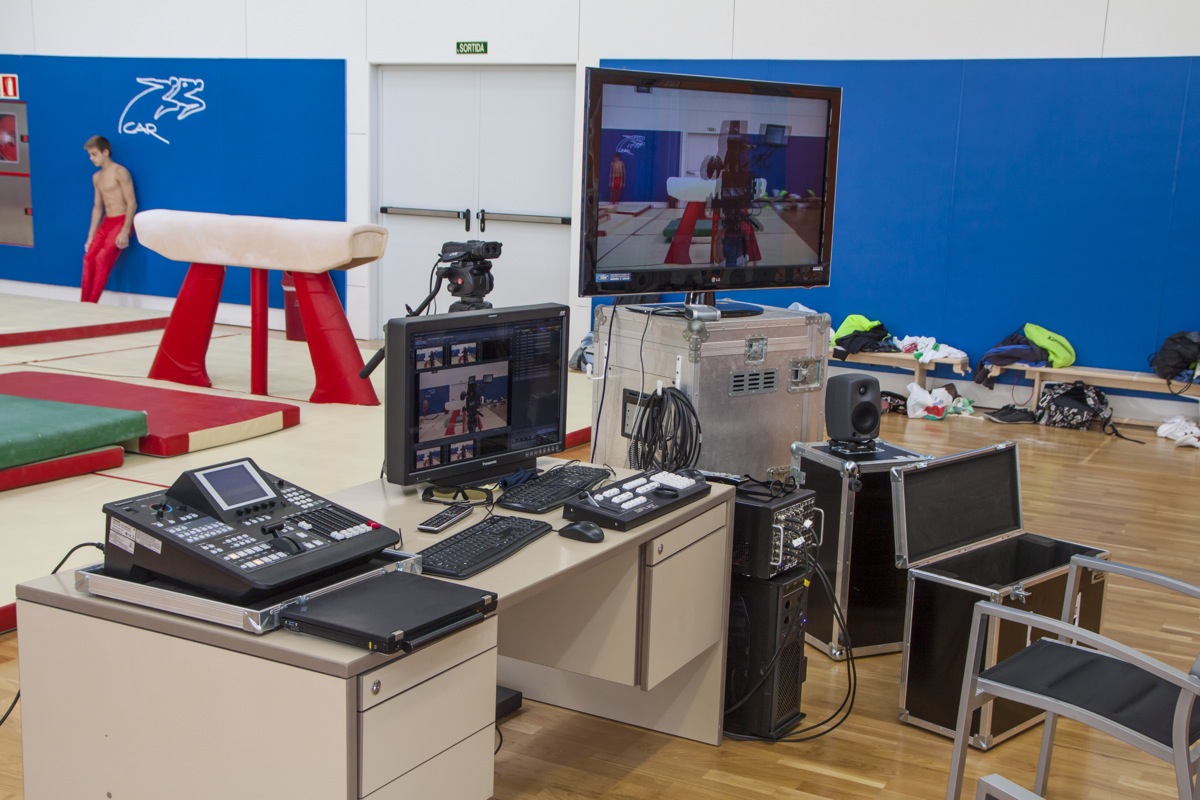
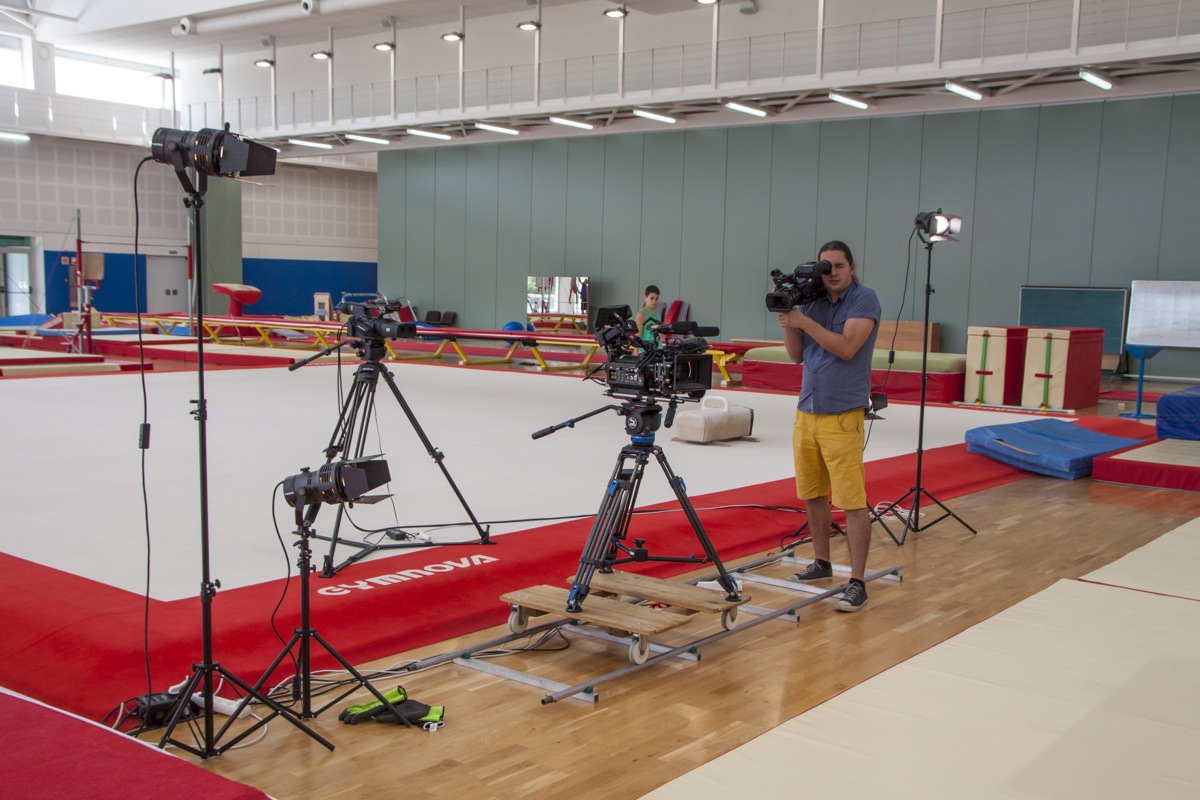
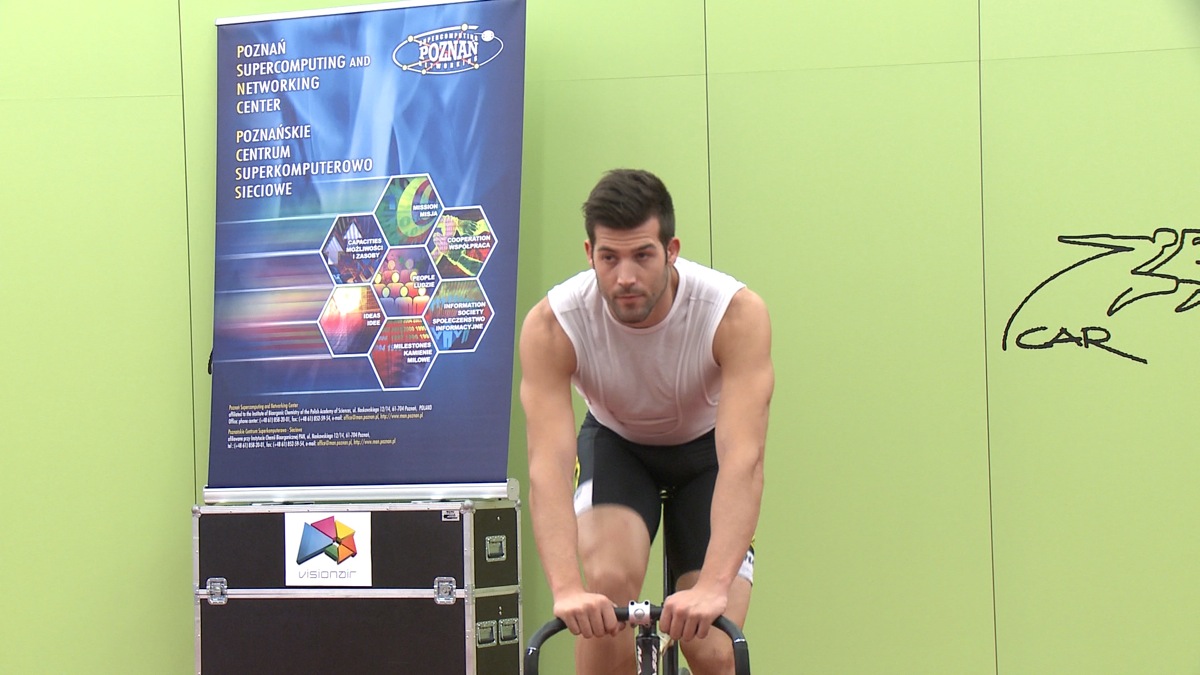
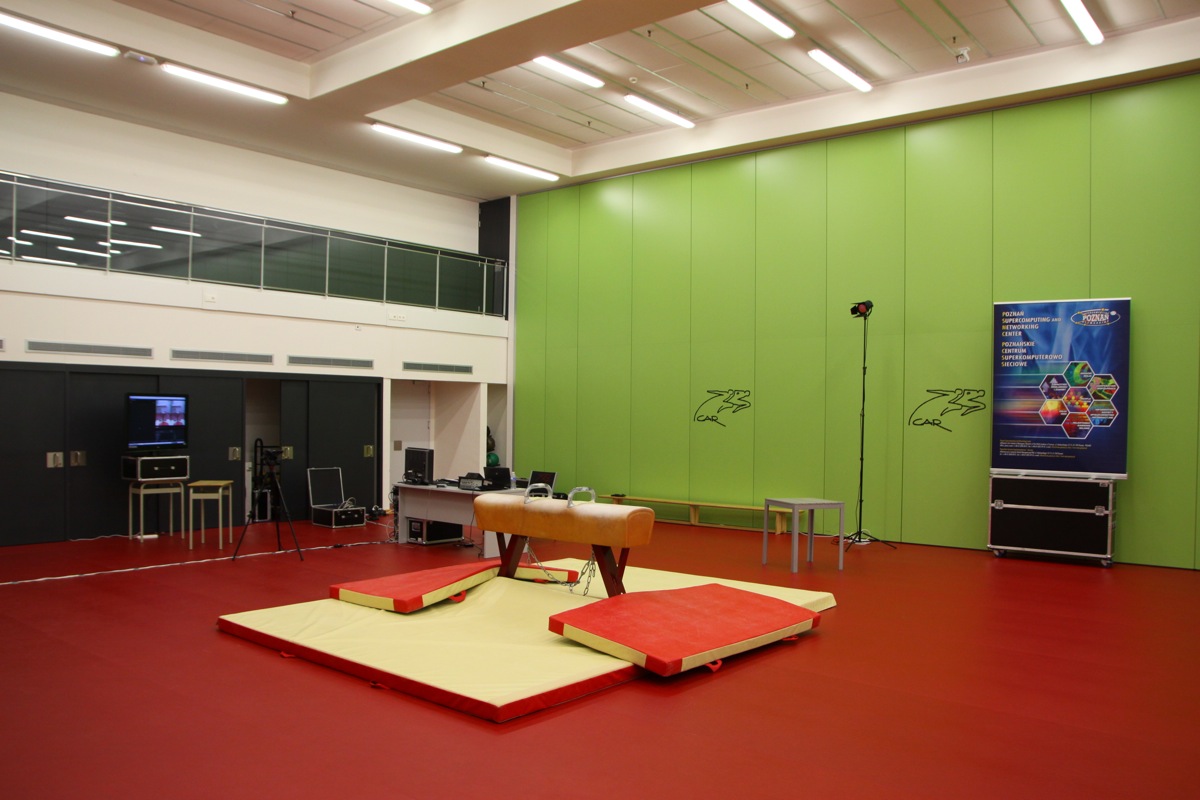
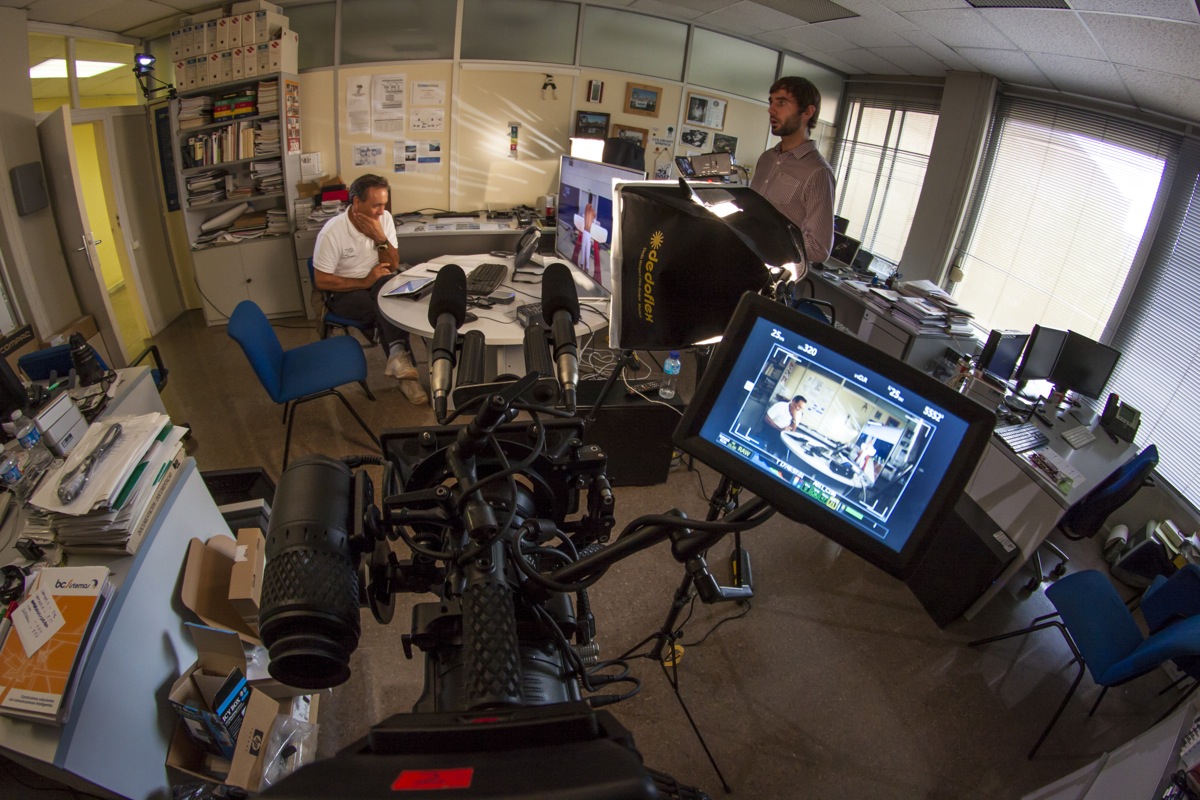
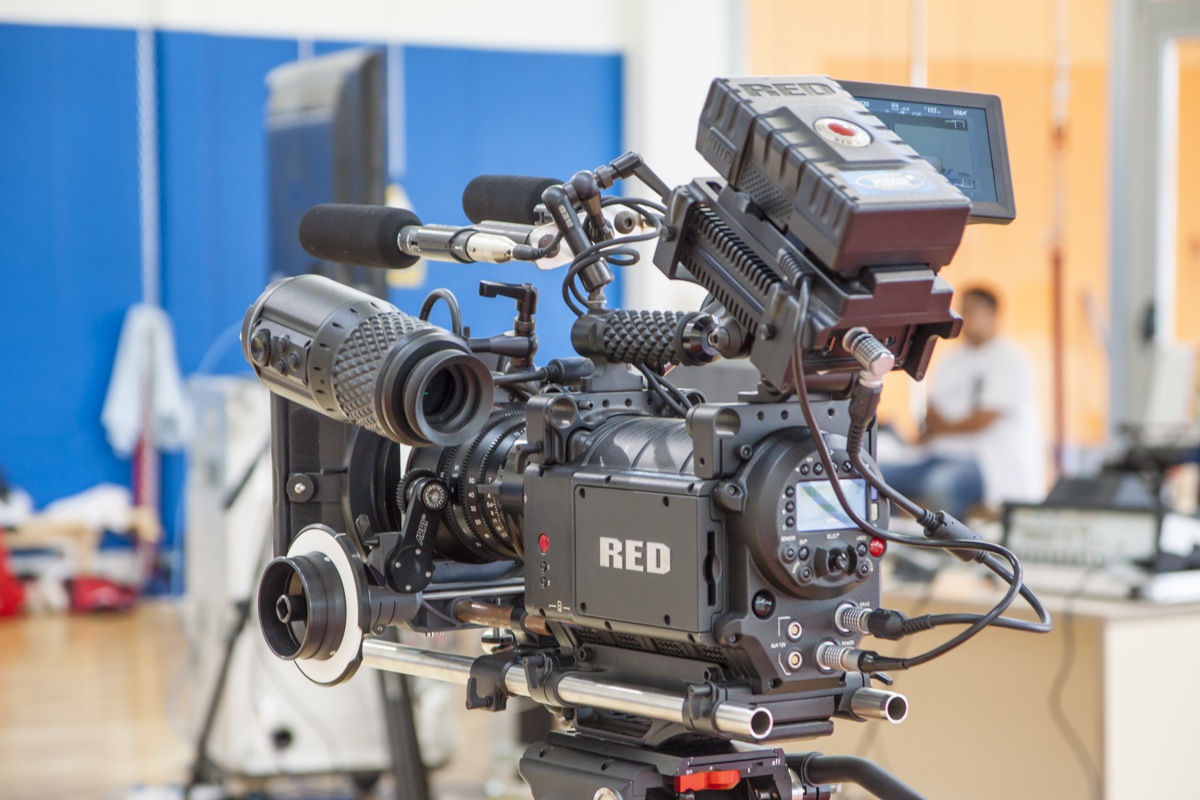
.

VISIONAIR / Grenoble INP / 46 avenue Felix Viallet / F-38 031 Grenoble cedex 1 / FRANCE
Project funded by the European Commission under grant agreement 262044

Project funded by the European Commission under grant agreement 262044
